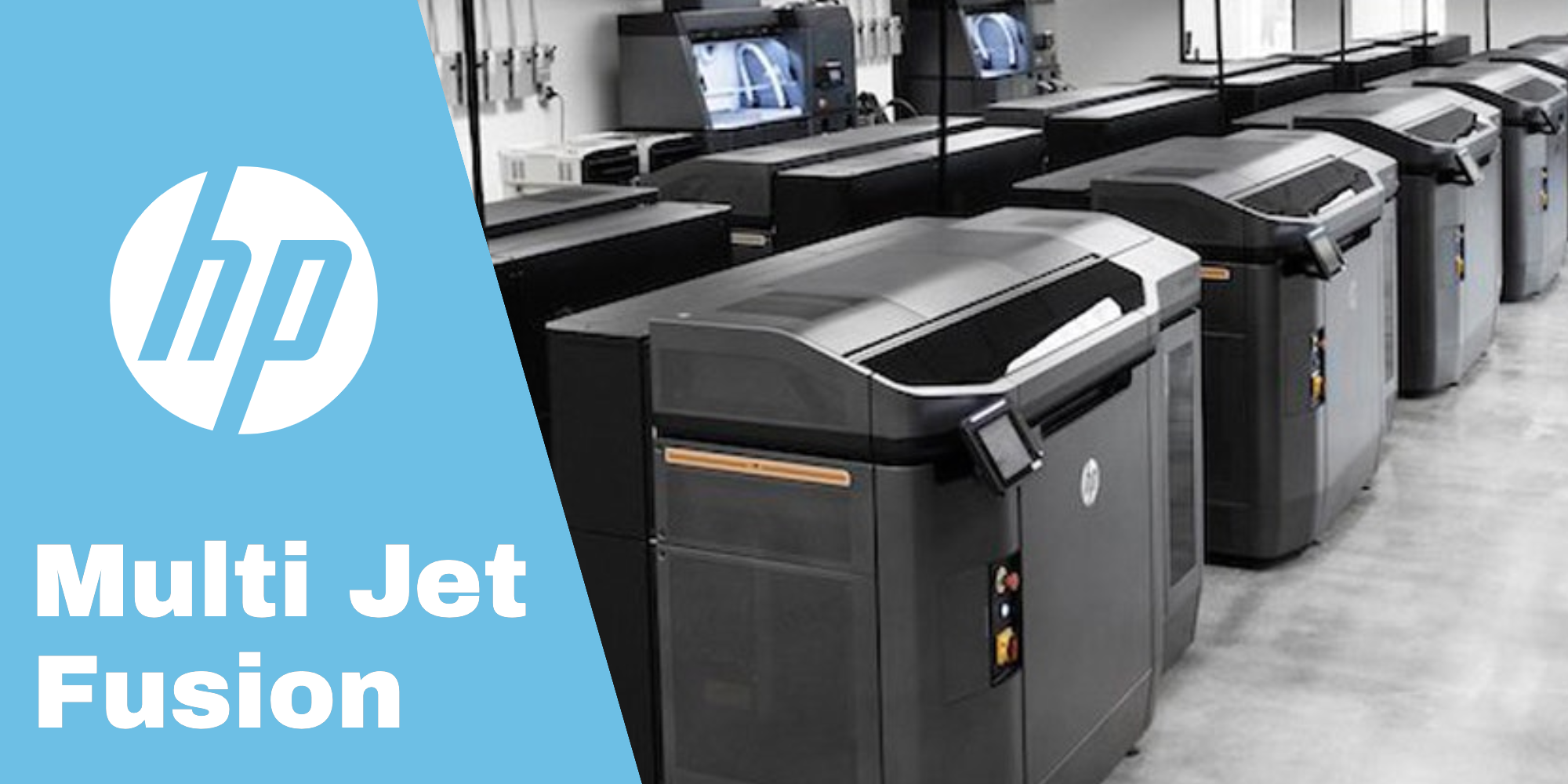HP is not only a renowned brand of printers, it also has a very interesting 3D printing technology on the table known as Multi Jet Fusion.
It is a very new technology, capable of manufacturing incredible industrial parts with very technical materials. Do you want to know more?
📖 What do you want to read?
What is HP Multi Jet Fusion technology?
HP Multi Jet Fusion Technology (abbreviated to HP MJF) is quite ingenious, and can add a lot to your project or business in terms of time and cost. To help you understand exactly why this is so, we’ll explain what you need to know about these HP printers.
How do HP Multi Jet Fusion printers work?
The HP Multi Jet Fusion printers work in a similar way to DLP printing or other jetting systems such as binder jetting. In the internal chamber of the printer there is a surface with the material to be used in powder form. Layer by layer, the printer deposits a fusion agent on this surface, creating the 2D shape of our layer. Then a powerful infrared light heats this agent and solidifies the layer of material in those areas where it was placed.
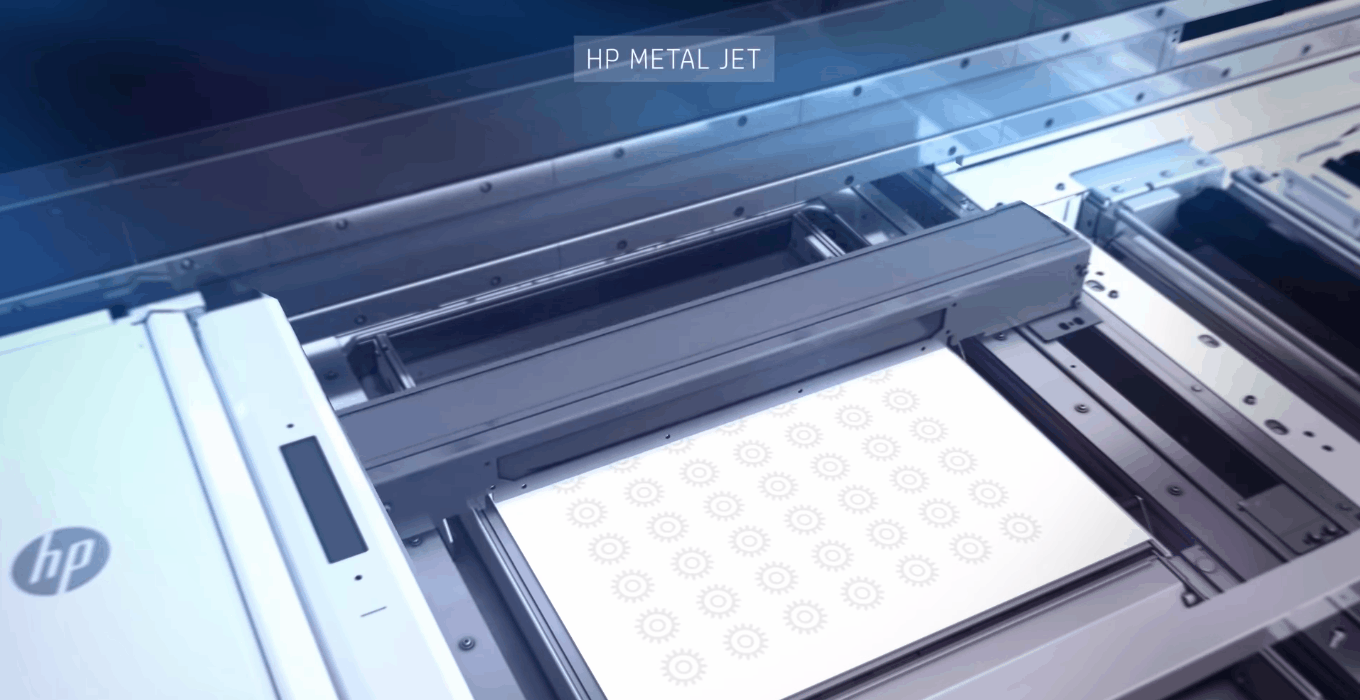
In addition to this melting agent, other agents are used selectively, as specific agents to apply in areas with very small details and thus prevent inaccuracies in these sensitive zones.
This process is different from others such as selective laser sintering (SLS) or Powder Bed Fusion (PBF) because in this case heat is applied to the entire surface evenly using an array of infrared emitters, which guarantees greater consistency across the entire printing surface. Furthermore, in comparison with binder jetting, the melting agent used here operates differently to binding or cementing agents, since the latter do not change the structure of the material as they do in the case of melting.
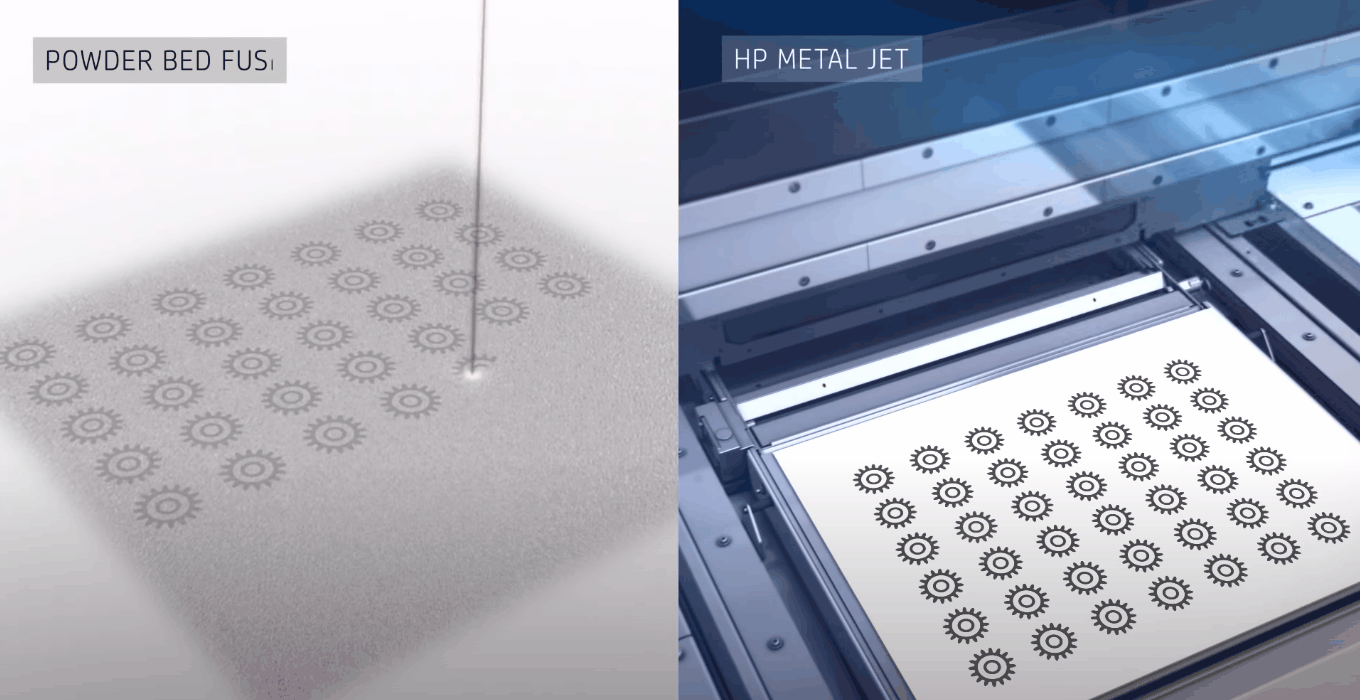
When a layer is finished, another layer of powder is deposited and the process is repeated. When the part is finished, the excess powder is removed for reuse in subsequent prints.
What materials can you print with?
You know that additive manufacturing works with a lot of different materials, from rigid plastic polymers to high-performance metals such as titanium, going through flexible materials, lightweight, corrosion resistant … Whatever the property that your parts need, surely some of the technologies that we’ve discussed in Bitfab can make it. In particular, the HP Multi Jet Fusion printers can handle several materials with very interesting properties.
Polypropylene or PP
Polypropylene is a chemical resistant, weldable material with low moisture absorption and very suitable for functional parts. In this case they use PP supplied by BASF.

Nylon Polyamide 11 or PA11
- It has optimal mechanical properties
- It’s ductile and elongation-resistant. Ideal for parts that require flexibility
- It is biocompatible and suitable for prostheses, implants, orthopedic inserts…
- It is environmentally sustainable as it is extracted from vegetable castor oil
- High dimensional accuracy
- 70% reusable
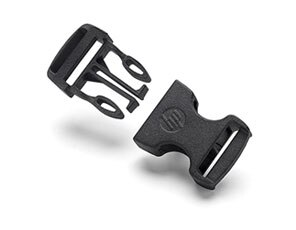
Nylon Polyamide 12 or PA12
- Chemical resistance to oils, greases, aliphatic hydrocarbons and alkalis
- Produce high-density pieces with a property profile
- Balanced and solid structures
- Achieves airtight parts without post-processing
- Reduced-price material
- Highly reusable, up to 80%.
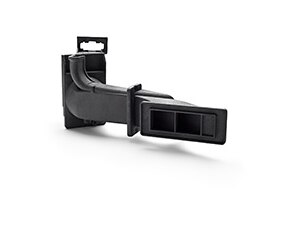
PA12 with glass beads
By mixing PA12 with glass micro-spheres we obtain this material with the following properties:
- Very high stability and dimensional accuracy, with excellent repeatability
- Very high rigidity, making it ideal for applications where thin but highly rigid parts are required
- 70% reusable
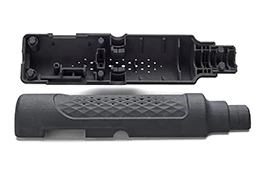
TPU
This thermoplastic is elastic, flexible and very suitable for applications where enormous shock absorption capacity is required.
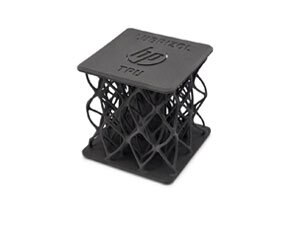
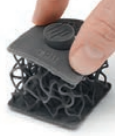
CB PA12
This formulation of PA12 is totally white, so while maintaining the usual properties of PA12, it adds the possibility of manufacturing full-color parts using coloring agents.
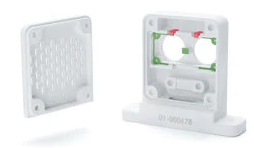
In addition to these materials, HP is working with some of the world’s leading materials and chemical companies to innovate, so this list is sure to grow. The mere fact of working with these companies shows the quality of the materials they have available for their printers.
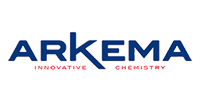



What printer models are for sale?
There are several series of printers under the HP Multi Jet Fusion brand. Each of these series corresponds to a different range and has different features and prices.
5200 series
The 5200 series is what could be considered the top of the range, as it is the most expensive and offers the most features. It is an industrial 3D printer, aimed at the professional sector in very demanding industries.
This printer can use all the materials we have shown you except the CB PA12, so it is an excellent alternative to manufacture products with very different mechanical properties. We could consider it the workhorse of HP, since it can manufacture from cheap and functional parts to very flexible or chemically resistant models.
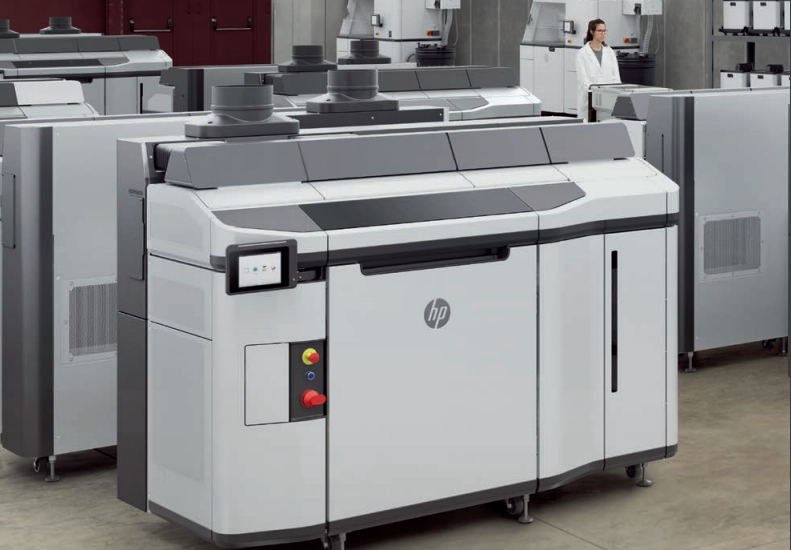
As you can see, this is a large machine, with an effective printing volume of 380 × 284 × 380 mm. It can print at a speed of up to 5058 cm3/h, which is a lot compared to other alternatives. It offers a minimum layer thickness of 0.08mm and an xy plane resolution of 1200 dpi
4200 Series
This is the intermediate range, being also a professional and extremely capable machine. It can print the same materials as its big sister. The printing area is the same too, with 380 × 284 × 380 mm. Its speed is somewhat lower, at 4115 cm3/h. The layer height is kept at a minimum of 0.08mm and so is the resolution, at 1200 dpi.
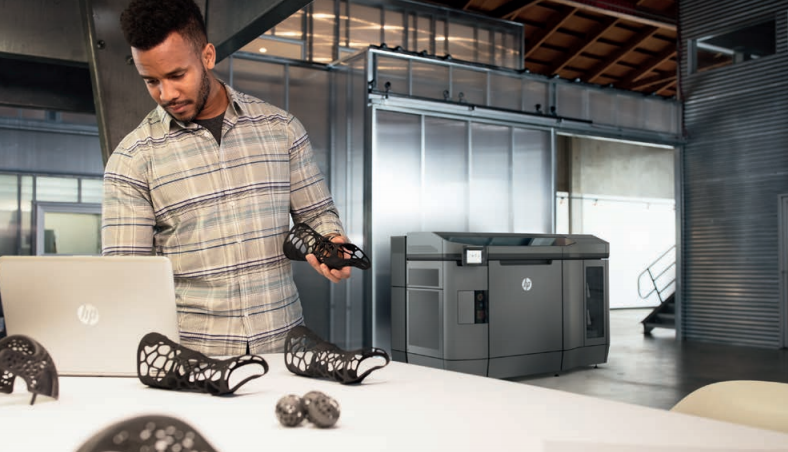
500/300 Series
This series is characterized by the ability to print full color parts, with voxel control, ie three-dimensional. With them we will be able to manufacture parts in CB PA12 material and create functional but fully colorful parts. It is one of the best (and few) alternatives on the market to achieve full color 3D printing while preserving optimal mechanical properties.
Do you want to use this technology for your projects?
If you are interested in a professional printing service with access to this technology, we can help you at Bitfab.
Do not hesitate to leave us a message and we will be happy to give you personalized attention for your particular project.

